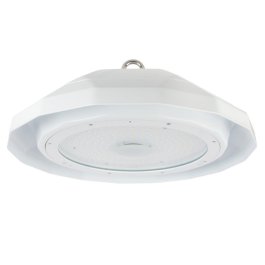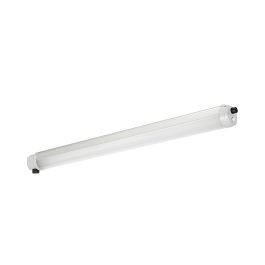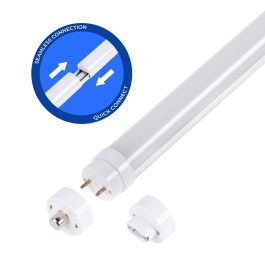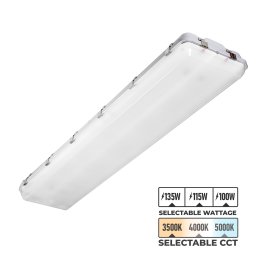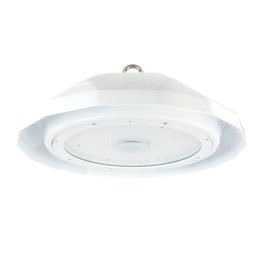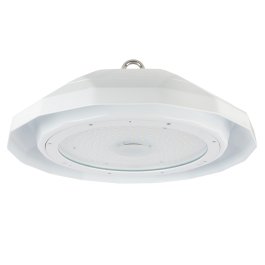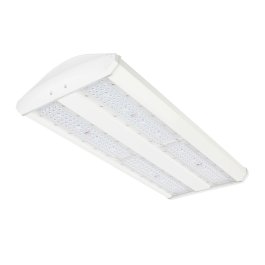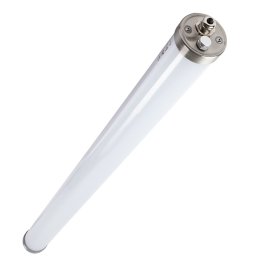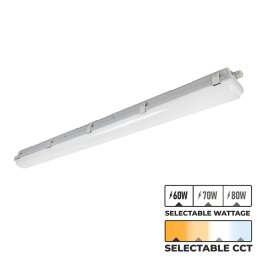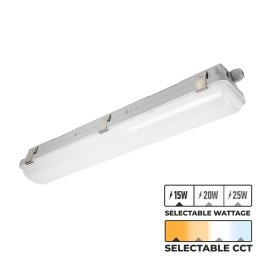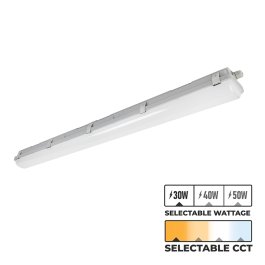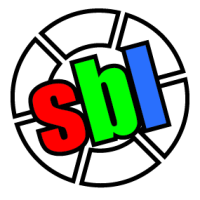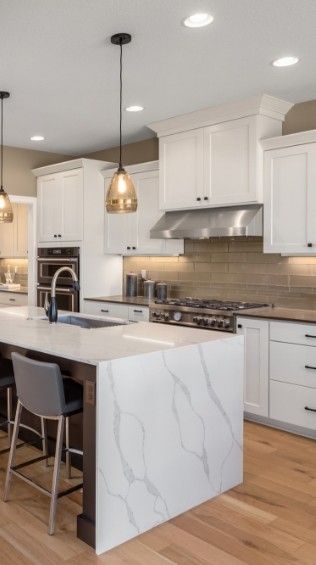In the food and beverage industry, ensuring proper lighting is not just about visibility—it's a critical component of maintaining cleanliness and safety. However, there are strict guidelines for the types of light fixtures that can be used in food processing facilities, industrial kitchens, and food storage areas.
Why Food Industry Lighting Standards Exist
For obvious reasons, companies in the food and beverage industry are expected to meet a high standard of cleanliness and worker safety. At the most basic level, adequate lighting ensures everyone can see surfaces clearly, which means anyone tasked with cleaning can ensure they did the best job possible.
Beyond that, light fixtures must not contribute to workplace contamination. With traditional glass bulbs and tubes, shards from broken or shattered bulbs and fixture components could end up in food products. Food industry lighting must also be able to handle rigorous washdown processes to prevent mold and bacteria.
Additionally, much of the work in the food industry is conducted in harsh environments. Cooler temperatures are often part of that, whether it’s storage, coolers and refrigerators, or meat processing plants. There are lights specifically manufactured to withstand these cool temperatures, which means more efficient operations and more reliable light sources.
A wide range of locations enforce food-safe lights, including food processing plants, food storage facilities, industrial storage units, commercial kitchens, and sanitary areas. Outside of facilities handling food, NSF-certified lighting can also be required in manufacturing plants, treatment plants, healthcare facilities, and car washes.
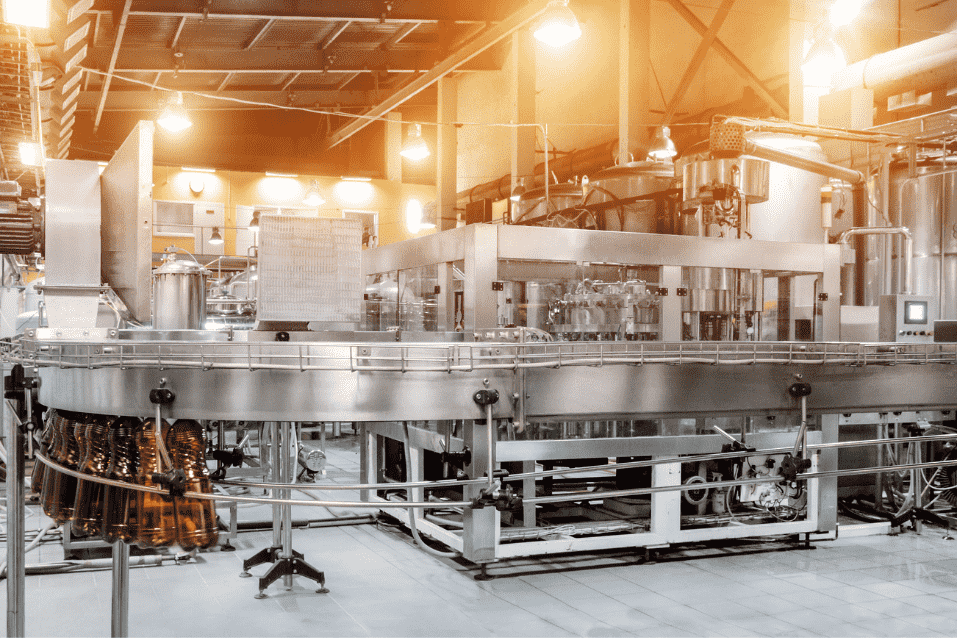

NSF Certified Lighting and NSF Zones
The National Sanitation Foundation (NSF) International is an independent product testing organization with established guidelines specific to the industry and purpose of each product. NSF certification determines if light products are appropriate for different parts of food and beverage operations.
To be considered "NSF-Certified," a light fixture must meet several key specifications. The main requirement for food-safe lights is that they are easy to clean and wash, which helps eliminate the risk of contamination. At a minimum, they must have an IP rating of IP65 for proper ingress protection. NSF-compliant light fixtures must be shatterproof to prevent any breakage that could contaminate the facility, typically using a durable polycarbonate lens and aluminum housing. Additionally, some food-safe light designs minimize the build-up of bacteria and food debris by efficiently shedding water and debris. They must be constructed with anti-corrosive materials, such as stainless steel hardware, to resist corrosion.
To withstand high-pressure, high-temperature washdown, certain food-safe NSF lights must be rated IP69K. The 6 means it is dust-tight (allowing no dust ingress), and the 9K means it is protected against high-pressure sprays.
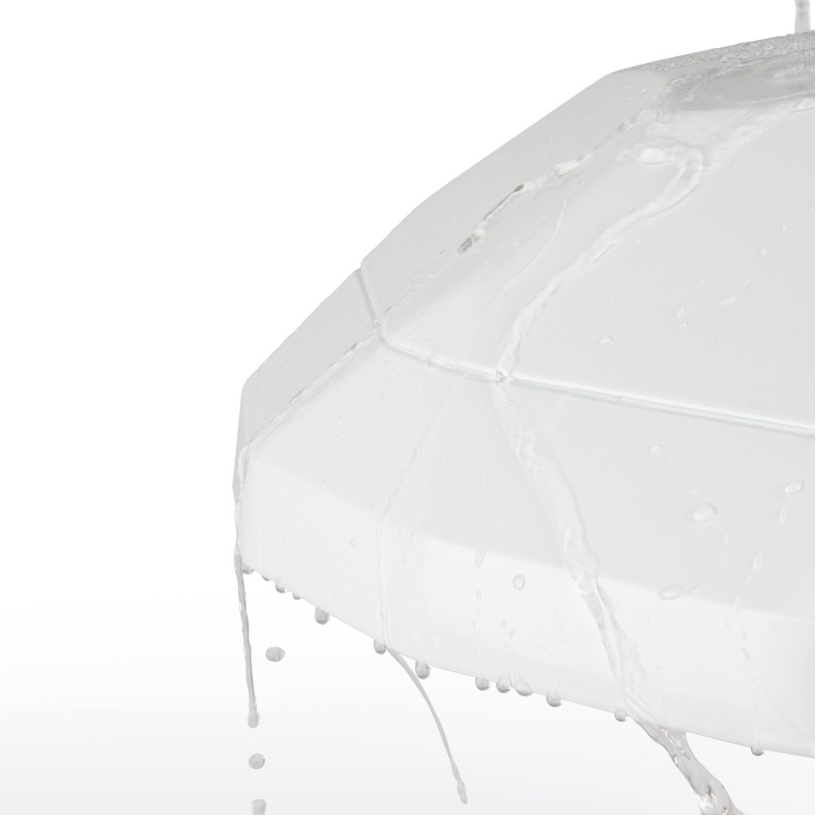

NSF International has three different certifications relevant to the food and beverage industry:
- Non-food zone
This applies to areas like kitchens, storage spaces, or damp process areas with no drip possibilities. Normal operations would typically not include direct contact with food products. - Splash zone
Splace zones are just what they sound like–areas that would not be expected to include contact with food products during normal operations, but the light fixture could reasonably experience spillage or splashes from liquids used in processing or cleaning procedures. An example would be an area using hose washdowns. - Food zone
Food zones include anywhere direct contact with food is expected. This typically doesn’t pertain to lighting, but would to work tables, cutting boards, and other parts of the facility.
ETL NSF Std. 2
In addition to NSF-certified lighting, you may also see the certification ETL NSF Std. 2. This certification is obtained through ETL rather than directly through the NSF. An ETL listed to NSF Standard 2 light fixture means that ETL has certified it to meet all the requirements of NSF Standard 2.
Lighting Levels for Food Industry Facilities
The minimum lighting requirements for food industry facilities will vary depending on the specific tasks being performed and the type of facility. The Illuminating Engineering Society (IES) provides guidelines for the overall footcandles and lux in these spaces. Read our industrial and commercial recommended lighting levels guide here for more information.
At Industrial Commercial Lighting, we offer a wide range of NSF-certified and ETL NSF Std. 2 certified lighting fixtures. Contact our commercial sales team to learn more about how we can provide you with the best possible lighting for your organization! 888-249-8166



